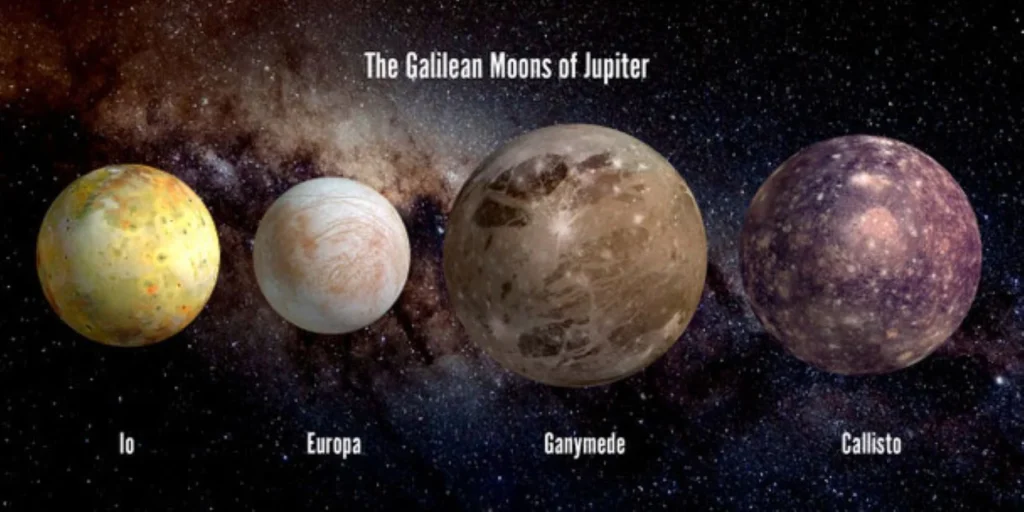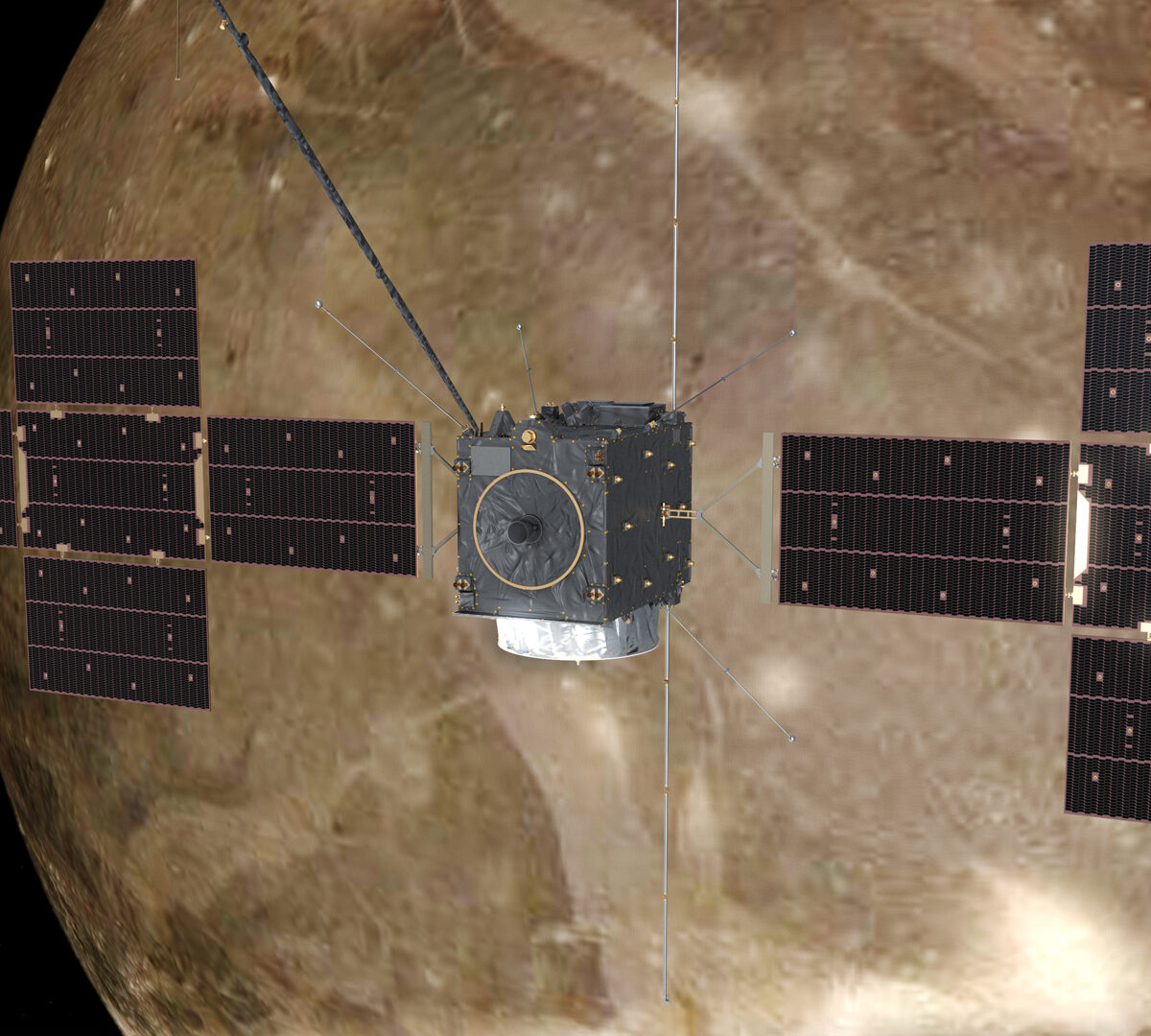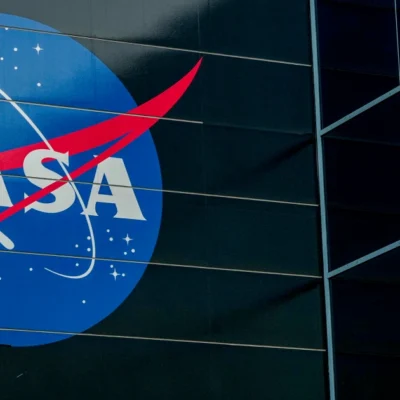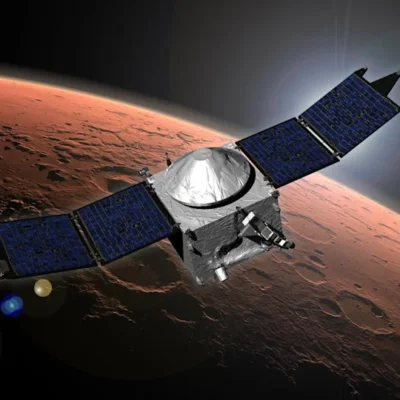The European Space Agency’s Jupiter Icy Moons Explorer (JUICE) has taken another crucial step in its ambitious mission, successfully flying past Venus on August 31. This maneuver, although seemingly off course, is a carefully calculated slingshot to keep the spacecraft on track for its ultimate destination: Jupiter and its icy moons.
A Complex Route to Jupiter
At first glance, heading toward Venus might look like a detour when the target is the outer solar system. In reality, JUICE relies on a series of gravity assists to conserve fuel while gaining speed. By using the gravitational pull of Venus and later Earth, the spacecraft can adjust its trajectory efficiently, a necessity for a probe designed to travel billions of kilometers.
During this latest maneuver, JUICE passed closest to Venus at 1:28 a.m. EST (05:28 GMT). To protect itself from the planet’s extreme heat, the spacecraft used its high-gain antenna as a makeshift thermal shield. As a result, its scientific instruments were turned off, meaning no close-up images of Venus were captured during the encounter.
Mission Goals: Oceans Beneath the Ice
Launched in April 2023, JUICE is tasked with investigating three of Jupiter’s largest moons — Ganymede, Callisto, and Europa. These worlds are of particular interest to scientists because they are believed to harbor vast oceans beneath their icy crusts. If confirmed, these environments could be among the most promising places to search for extraterrestrial life in our solar system.

Europa, in particular, has long intrigued astronomers. Its fractured, frozen surface hides what is thought to be a saltwater ocean kept liquid by tidal heating from Jupiter’s immense gravity. JUICE’s suite of instruments will attempt to probe beneath the ice, analyze its composition, and study its potential habitability.
Overcoming Challenges in Deep Space
The Venus flyby was not without stress for mission controllers. In July, JUICE briefly stopped sending health and telemetry data, prompting a tense 20-hour troubleshooting session. Thankfully, communication was restored, and the spacecraft is back on schedule.
Weighing nearly 6,000 kilograms (13,300 pounds), JUICE is one of ESA’s most complex interplanetary spacecraft to date. Its design includes massive cross-shaped solar panels, essential for generating enough power to operate so far from the sun.
The Road Ahead
This is just the beginning of JUICE’s intricate journey. After the Venus assist, the probe will return to Earth in 2026 for another slingshot maneuver. A final Earth flyby is scheduled for January 2029, after which JUICE will be fully on course for the Jovian system.
If all goes to plan, the spacecraft will arrive in July 2031. It will spend at least three years orbiting Jupiter, with a special focus on entering orbit around Ganymede — the first time any spacecraft will orbit a moon other than Earth’s.
A Milestone for European Space Exploration
The JUICE mission represents a landmark in ESA’s planetary exploration program. By combining advanced engineering with international collaboration, it pushes Europe further into the forefront of space science. While NASA’s Europa Clipper will also explore Jupiter’s moons later this decade, JUICE’s focus on multiple icy worlds ensures that the two missions will complement each other.
For now, every maneuver brings JUICE closer to uncovering the mysteries hidden beneath the icy shells of Jupiter’s moons. Scientists hope the data collected will not only deepen our understanding of these celestial bodies but also shed light on one of humanity’s most profound questions: Are we alone in the universe?





